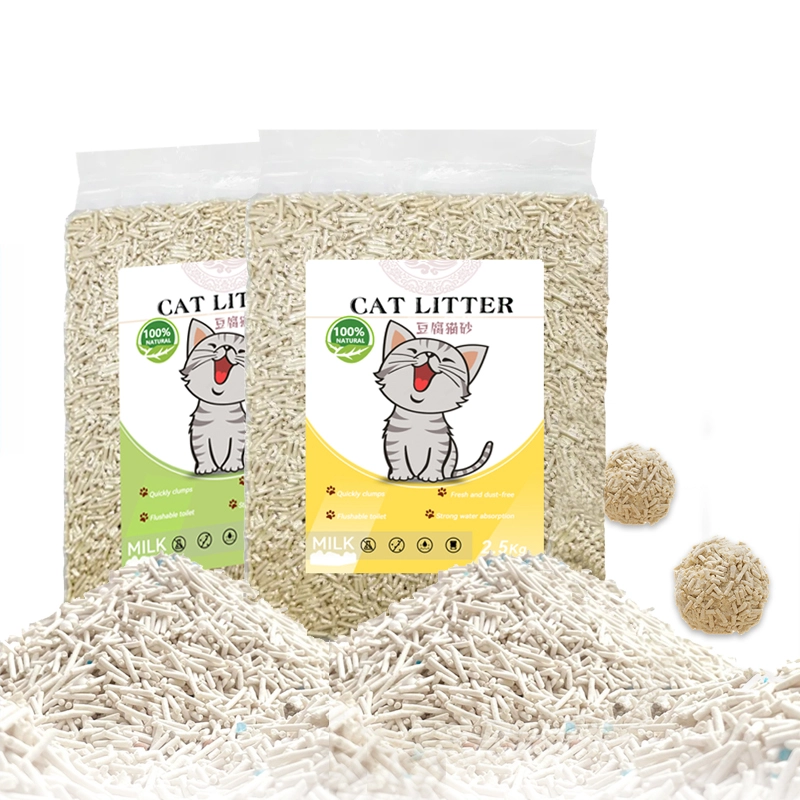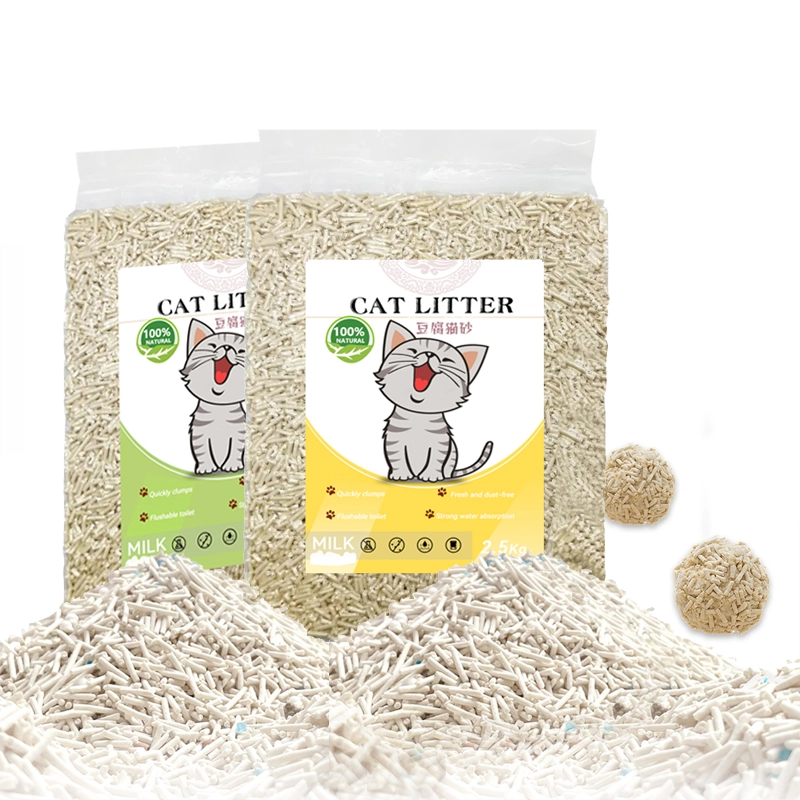cat litter
Choosing the right cat litter can significantly impact both your feline friend's well-being and the cleanliness of your home environment. With countless cat litter options available, it's vital to take an informed approach to select the best product. Drawing from years of expertise and real-world experience, let's explore the essential factors that contribute to making an educated choice in cat litter.

Every cat owner understands the importance of odor control in maintaining a fresh-smelling home. A high-quality cat litter should effectively neutralize unpleasant odors. Clumping clay litters, especially those infused with baking soda or activated charcoal, are renowned for their superior odor-control capabilities. These additives work by absorbing and neutralizing ammonia, a prominent component of cat urine. Expert knowledge reveals that consistent litter-box cleaning, ideally daily, complements these odor-control measures, ensuring a hygienic environment for both cats and humans.
Beyond odor control, dust emissions are another critical consideration. Dust can be a concern, causing respiratory issues for both cats and their owners, especially those with allergies. Natural and biodegradable litters, such as those made from corn, wheat, or recycled paper, offer lower dust levels, making them an excellent choice for sensitive systems. Trustworthy sources, such as veterinarians, can attest to the benefits of these eco-friendly alternatives, especially for cats prone to asthma and other respiratory diseases.

Absorbency plays a crucial role in litter performance. A product with high absorbency not only enhances odor control but also ensures easier cleaning. Silica gel litters, for instance, are praised for their capacity to lock in moisture and reduce the frequency of litter box changes. Such litters last longer, are cost-effective in the long term, and provide a cleaner experience, underlining their expert recommendation.
cat litter
The texture and size of the granules in a given cat litter type significantly affect its acceptance by your pet. Cats are creatures of habit, and a sudden change in litter can result in avoidance. Fine-grain litters mimic the feel of garden soil, appealing to many cats. It's prudent to gradually transition between litter types by mixing new and old brands, ensuring cats comfortably adapt without stress.
Biodegradability and environmental impact cannot be overlooked. In an age of increasing environmental consciousness, cat owners often seek litters that balance performance with sustainability. Plant-based litters not only minimize ecological footprints but also provide satisfactory odor and moisture control. Such options, coupled with composting facilities, offer a complete cycle of usage and disposal, certified by environmental experts as a low-impact solution.
Finally, cost-effectiveness remains a fundamental consideration. While premium litters often carry a higher upfront cost, their longevity and effectiveness can translate into savings over time—less frequent changes mean metric reductions in volume purchased. Calculating the true cost-to-value ratio requires expert analysis, as investing in a premium product could ultimately benefit both the owner and their feline companion.
In summary, selecting the ideal cat litter involves a careful evaluation of critical aspects like odor control, dust levels, absorbency, comfort, environmental impact, and cost efficiency. Employing both expert knowledge and first-hand experience provides a solid foundation for making a well-informed decision, thus enhancing both the life of your pet and maintaining the sanctity of your home.







